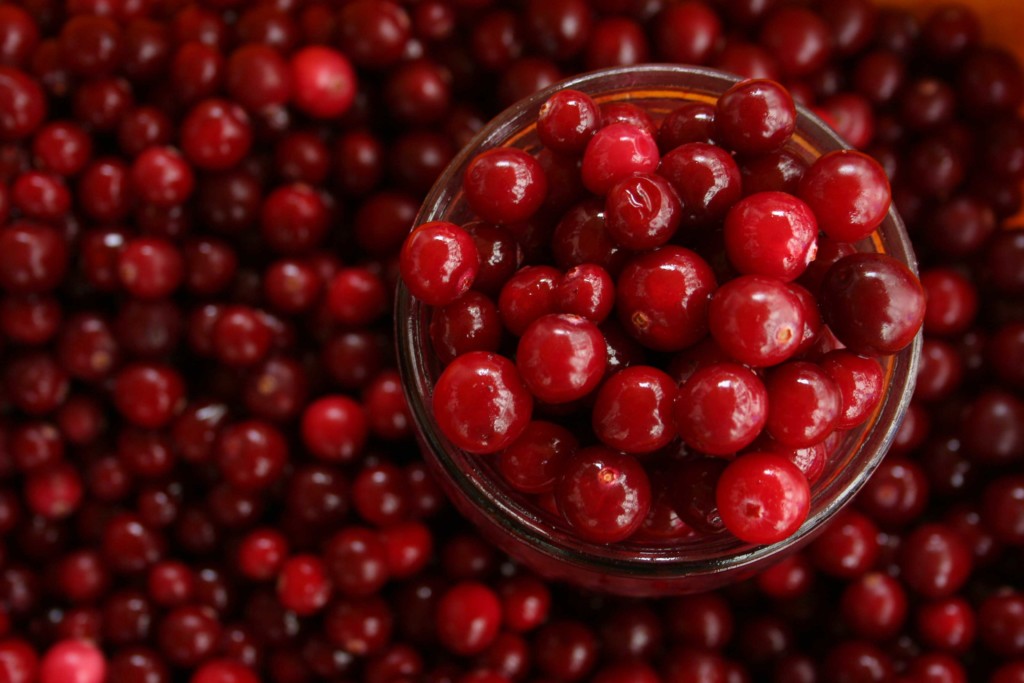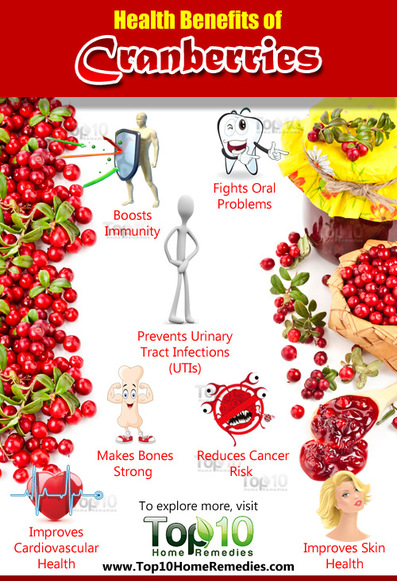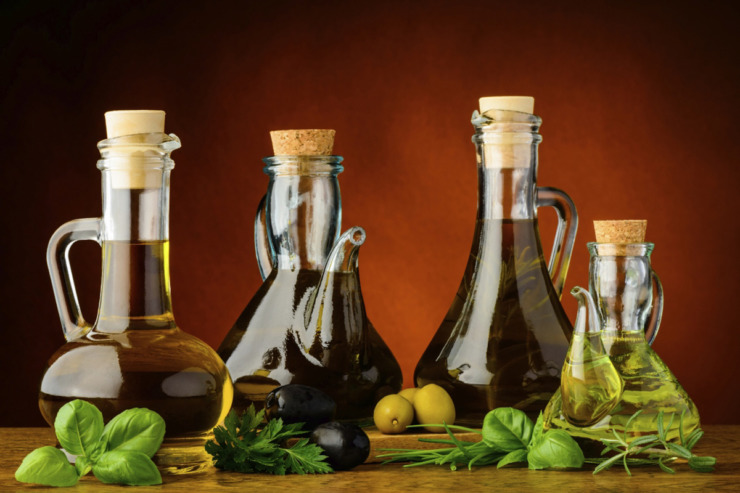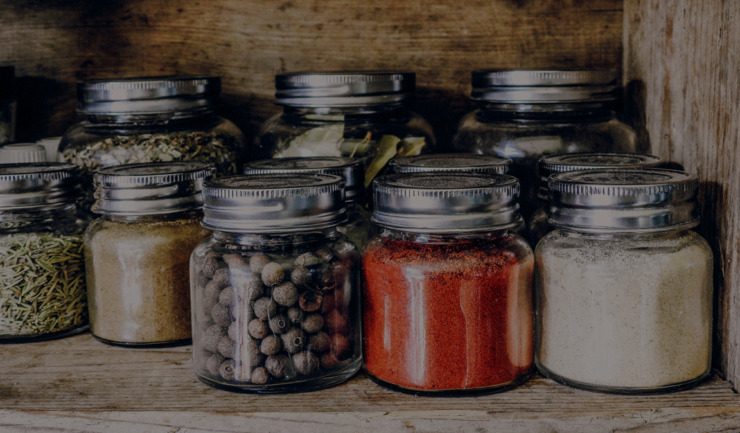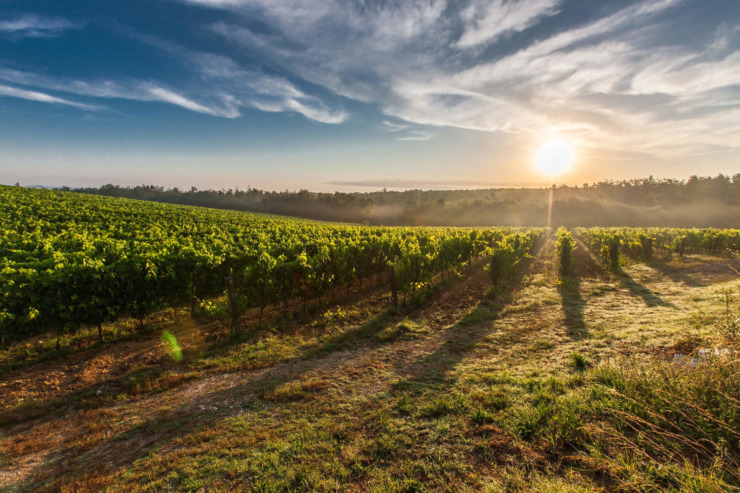AGNI – MARIA PAPADOPOULOU – NUTRITIONIST
Cranberries are evergreen shrubs belonging to the subgenus ‘Vaccinium oxycoccos’. They are grown in Northern Europe, the Northern United States, Canada and Chile. Fresh Cranberries contain 90% water, while their dry weight consists mainly of carbohydrates and fibre.
Carbohydrates and fibre
The carbohydrates contained in Cranberries amount to 12.2 g / 100g, they are mainly simple sugars, such as sucrose, glucose and fructose. In addition, they contain insoluble fibres such as pectin, cellulose and hemicellulose, but also soluble fibres. For this reason, their excessive consumption can cause diarrhoea. They have a bitter and sour taste and are therefore most often consumed in the form of juice with added sugar.
Vitamins and minerals
Cranberries are a rich source of vitamins and minerals, with vitamin C being a prominent one.
– Vitamin C: found in a high concentration of 13.3 mg /100 g is essential for the maintenance of skin, muscles and bones.
– Manganese: its concentration is 0.36 mg/100g, it is essential for growth, metabolism and the antioxidant system of the body.
– Vitamin E: 100 g of the product contain 1.2 mg of vitamin E, a basic fat-soluble vitamin with antioxidant properties
– Vitamin K: found at a concentration of 5.1 µg/100 g and is essential for blood clotting.
Phytochemical constituents
Cranberries contain a very high concentration of phytochemicals and antioxidants, especially polyphenols. Many of these substances are concentrated in the rind, and their content is significantly reduced during juice preparation.
– Quercetin: The richest antioxidant polyphenol in Cranberries (20-30mg /100g). It has been found to inhibit the growth and proliferation of cancer cells of the breast, colon, prostate, lung and other tumours.
– Myricetin: An important antioxidant polyphenol which may have a number of beneficial health effects.
– Peonidin: A type of anthocyanin which is responsible for the rich red colour of cranberries.
– Ursolic acid: Found concentrated and in high concentration in the bark of Cranberries. It is an ingredient for many traditional herbal medicines and has strong anti-inflammatory action. It has also been found to reduce prostate carcinogenesis.
– Type A proanthocyanidins (PACs): a class of antioxidant polyphenols, which appear to be effective against urinary tract infections when taken at a dose of 72 mg.
– Kecidic acid: Protects the skin from UV radiation, prevents DNA damage and neutralizes the action of cancer cells.
Carbohydrates and fibre
The carbohydrates contained in Cranberries amount to 12.2 g / 100g, they are mainly simple sugars, such as sucrose, glucose and fructose. In addition, they contain insoluble fibres such as pectin, cellulose and hemicellulose, but also soluble fibres. For this reason, their excessive consumption can cause diarrhoea. They have a bitter and sour taste and are therefore most often consumed in the form of juice with added sugar.
Vitamins and minerals
Cranberries are a rich source of vitamins and minerals, with vitamin C being a prominent one.
– Vitamin C: found in a high concentration of 13.3 mg /100 g is essential for the maintenance of skin, muscles and bones.
– Manganese: its concentration is 0.36 mg/100g, it is essential for growth, metabolism and the antioxidant system of the body.
– Vitamin E: 100 g of the product contain 1.2 mg of vitamin E, a basic fat-soluble vitamin with antioxidant properties
– Vitamin K: found at a concentration of 5.1 µg/100 g and is essential for blood clotting.
Phytochemical constituents
Cranberries contain a very high concentration of phytochemicals and antioxidants, especially polyphenols. Many of these substances are concentrated in the rind, and their content is significantly reduced during juice preparation.
– Quercetin: The richest antioxidant polyphenol in Cranberries (20-30mg /100g). It has been found to inhibit the growth and proliferation of cancer cells of the breast, colon, prostate, lung and other tumours.
– Myricetin: An important antioxidant polyphenol which may have a number of beneficial health effects.
– Peonidin: A type of anthocyanin which is responsible for the rich red colour of cranberries.
– Ursolic acid: Found concentrated and in high concentration in the bark of Cranberries. It is an ingredient for many traditional herbal medicines and has strong anti-inflammatory action. It has also been found to reduce prostate carcinogenesis.
– Type A proanthocyanidins (PACs): a class of antioxidant polyphenols, which appear to be effective against urinary tract infections when taken at a dose of 72 mg.
– Kecidic acid: Protects the skin from UV radiation, prevents DNA damage and neutralizes the action of cancer cells.
Prevention of urinary tract infections
Urinary tract infections are mainly caused by the intestinal bacterium Escherichia coli, which adheres to the inner surface of the bladder and urinary tract. Cranberries are one of the richest sources of A-type proanthocyanidins which prevent Escherichia coli bacteria from adhering to the walls of the bladder and urinary tract, making them a potential preventative measure against urinary tract infections. A large number of studies have shown that drinking cranberry juice, or taking it in supplement form, can reduce the risk of urinary tract infections in children and adults.



